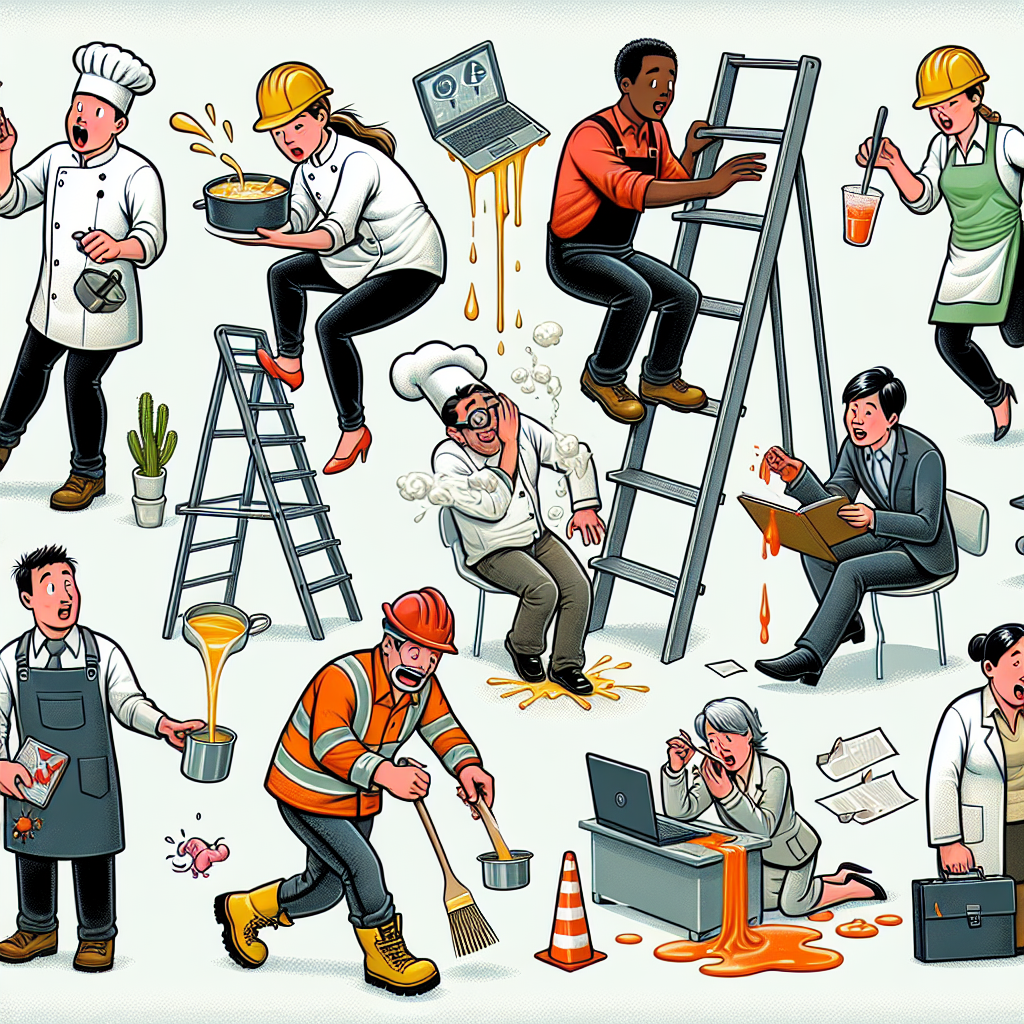Employee Accidents: Causes, Prevention, and Impact

Employee accidents can have severe consequences for both the individuals involved and the organizations they work for. These accidents can result in injuries, loss of productivity, increased insurance costs, and damage to a company’s reputation. It is crucial for employers to understand the causes of employee accidents, implement preventive measures, and create a safe working environment to protect their employees and their business.
Causes of Employee Accidents
Understanding the root causes of employee accidents is essential in developing effective prevention strategies. Some common causes include:
- Lack of proper training: Insufficient training can lead to employees not knowing how to safely operate machinery or handle hazardous materials.
- Unsafe working conditions: Poorly maintained equipment, inadequate lighting, and cluttered workspaces increase the risk of accidents.
- Human error: Fatigue, distraction, and complacency can all contribute to accidents in the workplace.
- Failure to follow safety protocols: Ignoring safety procedures or taking shortcuts can have disastrous consequences.
Preventing Employee Accidents
Employers have a responsibility to prioritize safety and take proactive measures to prevent employee accidents. Here are some effective prevention strategies:
- Comprehensive training programs: Provide thorough training to employees on safety protocols, equipment operation, and emergency procedures.
- Regular safety inspections: Conduct routine inspections to identify and address potential hazards in the workplace.
- Promote a safety culture: Encourage employees to report unsafe conditions or near-miss incidents, and reward proactive safety behaviors.
- Provide personal protective equipment (PPE): Ensure that employees have access to and properly use appropriate safety gear, such as helmets, gloves, and goggles.
- Implement ergonomic practices: Design workstations and processes to minimize physical strain and reduce the risk of musculoskeletal injuries.
The Impact of Employee Accidents
Employee accidents can have far-reaching consequences for both individuals and organizations:
- Physical and emotional harm: Employees who experience accidents may suffer from injuries, pain, trauma, and long-term disabilities.
- Financial costs: Accidents can result in medical expenses, workers’ compensation claims, increased insurance premiums, and potential legal liabilities.
- Decreased productivity: When employees are injured or absent due to accidents, productivity can suffer, leading to delays and decreased efficiency.
- Reputation damage: Publicized accidents can harm a company’s reputation, leading to a loss of trust from customers, partners, and potential employees.
Summary
Employee accidents pose significant risks to both individuals and organizations. By understanding the causes of accidents, implementing preventive measures, and fostering a safety culture, employers can reduce the likelihood of accidents occurring. Prioritizing employee safety not only protects individuals from harm but also safeguards a company’s reputation and financial well-being. By investing in accident prevention, organizations can create a safer and more productive work environment for their employees.







